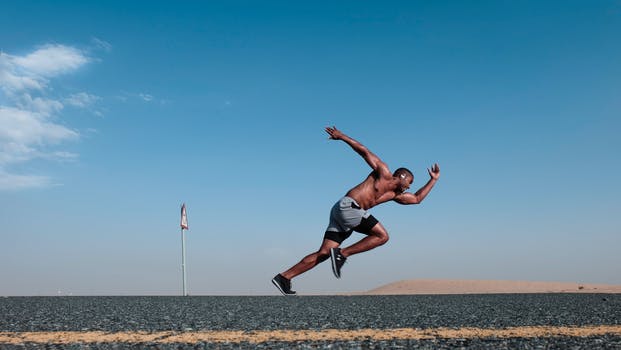In a previous post we covered a study by Appleby et al (2019) examining the impact of unilateral (step ups) versus bilateral (squats) lower body training on strength. The authors essentially found that both types of training improved strength on both lifts, but the unilateral group made better gains on unilateral exercises and the bilateral group made better gains on bilateral exercises. What was unclear from the study is whether unilateral or bilateral training is better at speed and agility.
A case could be made both ways for this. Bilateral strength training could be better for speed and agility because of the greater loads that can be handled during bilateral exercises. On the other hand, unilateral strength training might be more specific to speed and agility which generally involves one leg on the ground at a time or pushing off one leg.
The authors conducted an 18 week study using rugby athletes. Athletes did four days of strength training. Two involved upper body training, two lower body training. In addition, athletes trained speed twice a week, rugby skills, and performed conditioning. The only difference between the groups was one lower body exercise. One group did step ups (the unilateral group), one did back squats (the bilateral group).
The athletes were assessed on their change of direction ability as well as their 20 meter sprint.
At the end of 18 weeks of training, both groups made similar gains on sprinting speed. However, the bilateral group made slightly better gains on the change of direction assessment.
The authors theorize that the reason that the back squat group did better on change of direction is due to the increased eccentric loading possible on the back squat.
It’s a really interesting study. It at least suggests that when comparing step ups and squats, neither is clearly superior for speed and agility. However, we should look at the training programs in a little more detail. The lower body program for both groups consisted of Nordic hamstring raises, glue ham raises, Romanian deadlifts, and calf raises. In addition, one group did back squats and one group did step ups. So the squats vs.step ups was the only difference between the groups.
If, as I’ve done with higher level track and field athletes, we wanted to focus on unilateral training we might do a training program like this:
Split cleans or one-legged cleans
Step ups (or split squats, I actually like those better)
One legged RDL’s
One legged calf raises
In other words, focus all the training on unilateral exercises. I think then you’d get a great idea about which was more impactful. Without a focus like that, it’s difficult to say that unilateral training is, or is not, superior to bilateral training.
Appleby, B.B., Cormack, S.J., and Newton, R.U. (2020). Unilateral and bilateral lower-body resistance training does not transfer equally to spring and change of direction performance. Journal of Strength and Conditioning Research, 34(1), 54-64.



